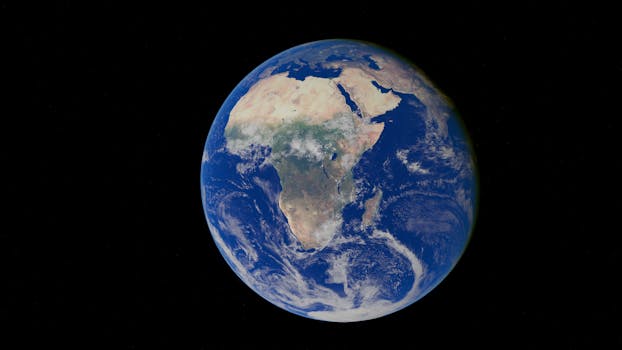
“
From Stardust to Dreams: Imagining Life Beyond the Stars
Introduction to the Cosmos
From Stardust to Dreams: Imagining Life Beyond the Stars is a journey that takes us to the farthest reaches of our galaxy and beyond. As we explore the universe, we are reminded of the infinite possibilities that lie before us. The stars, the planets, and the galaxies all hold secrets that we are still trying to uncover.
The universe is estimated to be around 13.8 billion years old, and our planet has been around for about 4.5 billion years. In that time, we have evolved from single-celled organisms to complex beings capable of exploring the cosmos. But are we alone in the universe? Is there other life out there, waiting to be discovered?
The Search for Life Beyond Earth
The search for life beyond Earth is an ongoing endeavor that has captivated scientists and theorists for centuries. From the discovery of exoplanets to the search for extraterrestrial intelligence (SETI), we are constantly pushing the boundaries of what we know about the universe. NASA’s Kepler mission, for example, has discovered thousands of exoplanets, some of which are located in the habitable zones of their respective stars.
The habitable zone, also known as the Goldilocks zone, is the region around a star where temperatures are just right for life as we know it to exist. Not too hot, not too cold, but just right. This zone is crucial in the search for life beyond Earth, as it provides the necessary conditions for liquid water to exist, which is essential for life. For more insights on this topic, check out The Infinite Universe of Imagination.
Imagining Life Beyond the Stars
As we continue to explore the universe, we are forced to imagine what life beyond the stars might look like. Would it be similar to life on Earth, or would it be something entirely different? The possibilities are endless, and scientists and theorists have proposed a wide range of scenarios, from microbial life to intelligent beings.
One of the most fascinating aspects of imagining life beyond the stars is the concept of panspermia. This theory proposes that life on Earth originated from elsewhere in the universe, and that microorganisms were transported to our planet on comets or meteorites. If this theory is correct, it would mean that life is not unique to Earth, and that the universe is teeming with life. Explore more about this concept in Cosmic Creativity.
Conclusion and Takeaways
In conclusion, the search for life beyond Earth is an ongoing and fascinating journey that takes us to the farthest reaches of our galaxy and beyond. As we explore the universe, we are reminded of the infinite possibilities that lie before us, and the potential for life to exist elsewhere in the cosmos.
Some of the key takeaways from this journey include:
- The universe is vast and complex, with infinite possibilities for life to exist.
- The search for life beyond Earth is an ongoing endeavor that requires continued exploration and research.
- The habitable zone is crucial in the search for life beyond Earth, as it provides the necessary conditions for liquid water to exist.
- Panspermia is a theory that proposes life on Earth originated from elsewhere in the universe, and that microorganisms were transported to our planet on comets or meteorites.






